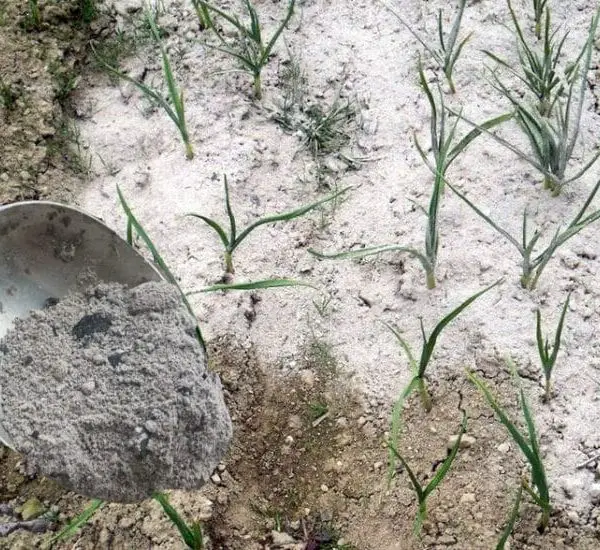Preparing roses for winter varies among gardeners, with some opting for simple mulching and others using more complex methods to protect their plants. Factors such as rose variety, winter hardiness, and local climate play crucial roles in determining the best approach. Here’s a guide on when and how to cover roses for winter, and which types can remain uncovered.
Roses That Can Remain Uncovered:
Certain roses, like park roses, species roses, rose hips (e.g., nitida, glauca, wrinkled), and hardy hybrids (e.g., alba, rugosa, spinozissima), along with varieties like ‘Hansa’, ‘Scabrosa’, ‘John Davis’, ‘Snow Pavement’, and ‘Jens Munch’, can withstand winter without covering. For these, simply mulch the base with a 15-20 cm layer of peat or compost.
When to Cover Roses:
In regions where temperatures drop to -5°C at night (typically late October to mid-November), it’s advisable to cover roses for winter. Before covering, apply fungicide to protect against diseases.
Methods for Covering Roses:
- Bush Roses: Either mound mulch around the base or wrap them with dry leaves or spruce branches.
- Climbing Roses: Prune before winter, remove leaves, and provide careful shelter to protect long stems.
- Floribunda Roses: Prune before winter and cover with soil or peat.
- Standard Roses: Shelter without pruning.
- Ground Cover Roses: Generally do not require covering but can be protected with spruce branches.
Special Care for Rose Cuttings:
Use covering material and film for rose cuttings, removing it in spring after snow melts.
Following these methods ensures your roses are well-prepared for winter, maintaining their beauty and health throughout the season.




